American Treasures: Public Lands in the United States
American Treasures: Public Lands in the United States
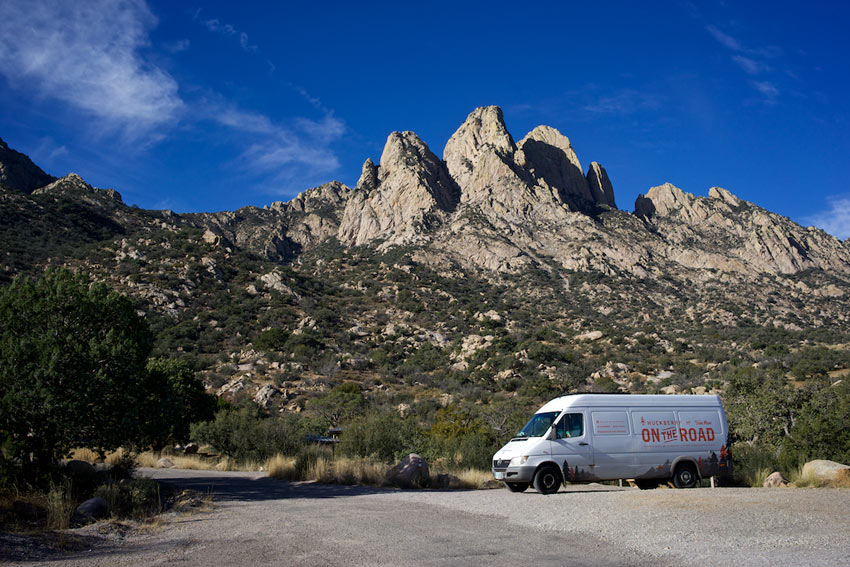
Public Lands are an incredible part of the US and one might even argue they’re one of the best parts. No matter which state you might find yourself in, there’s guaranteed to be public lands accessible to you. What those public lands are intended for and what you’re allowed to do on them varies widely and can have a big impact on planning your next trip. Here’s a breakdown on the most common public lands you might run into, because knowing is half the battle.
National Parks
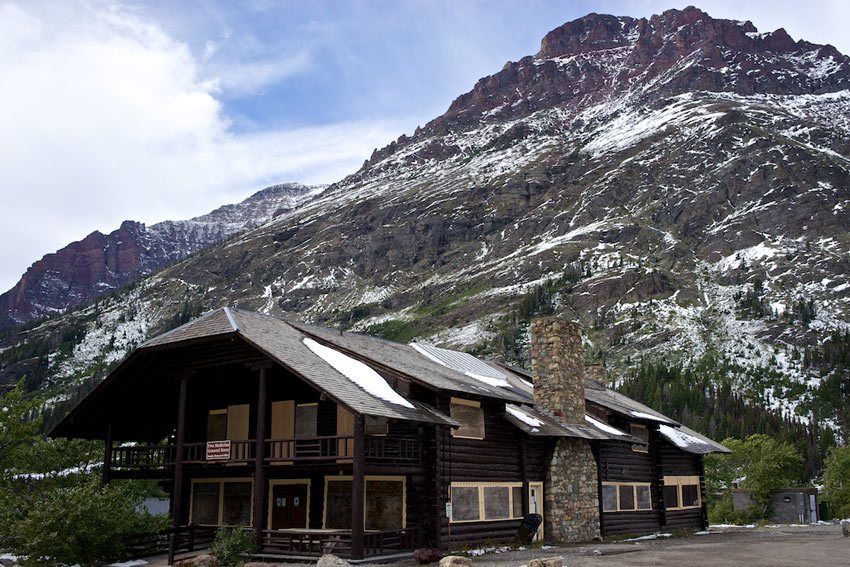
National Parks are by far the most famous part of US public lands and are also the most trafficked. There are currently 59 National Parks in the U.S., with California holding the record for most in one state with nine. However, 23 states are without a National Park.
National Parks are selected based on natural beauty, unique geological features, unusual ecosystems and recreational opportunities. Forming a National Park requires an Act of Congress, so many of them originally start as a National Monument which a president can enact himself and are upgraded at a later time.
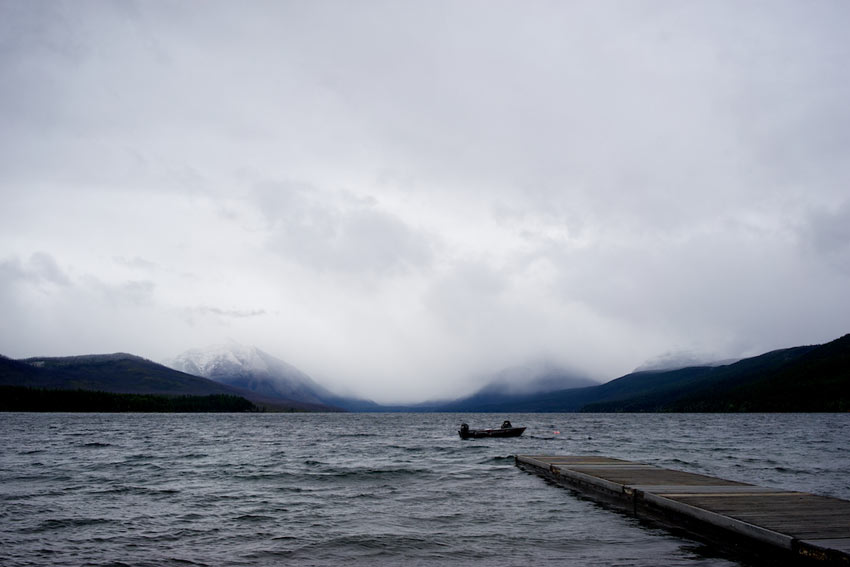
Camping
Most National Parks have campgrounds within them where you can reserve tent or RV spots with full hook ups. Depending on the park, you’ll want to reserve a campsite well in advance, as some sell out very quickly.
Are Dogs Allowed?
Yes, but there are restrictions. Typically, they must be leashed 6 ft or shorter and are allowed only on specific trails.
Are Guns Allowed?
As of February 2010 you can now bring firearms into National Parks, provided you’re legally allowed to carry/possess them by the local, state and federal laws.
Can You Shoot There?
A few parks do allow hunting, (primarily those in Alaska), but you’ll generally need to bring your camera rather than your gun if you want to shoot in a National Park.
Insider Tip
National Parks are expensive to visit with day passes. Do yourself a favor and buy a year long National Parks Pass. It’ll pay for itself in only a few visits and helps support the parks. Visit during shoulder seasons (early fall/late spring) to avoid crowds when visiting National Parks.
National Monuments
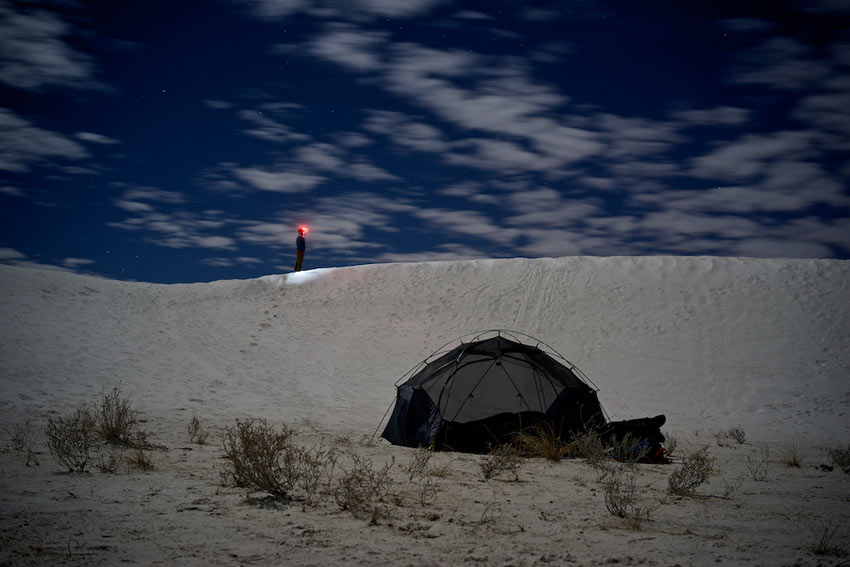
National Monuments are an interesting slice of the public lands pie. In theory, they were intended for preserving land of historical significance under the Antiquities Act of 1906 and needed only a President’s signature and not an act of Congress to create. In practice, National Monuments are used to preserve both land of historical significance and land of natural beauty due to small piece of language in the Antiquities Act.
Thanks to this bureaucratic loophole, a number of Presidents have used the Act to preserve land of incredible beauty for public use which often later gets upgraded to a National Park. It’s not often a loophole gets used to benefit the public. There are currently 117 National Monuments around the country.
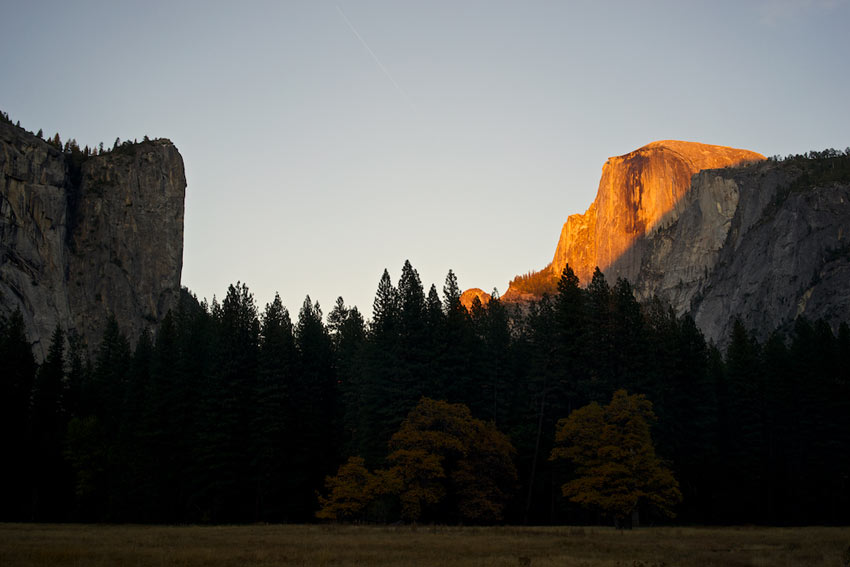
Camping
Monuments intended as preserves of natural beauty often have developed campsites or allow dispersed camping with a proper permit. Prices can vary, but are typically less than National Parks.
Are Dogs Allowed?
Yes, but there are restrictions. Typically they must be leased 6 ft or shorter and are allowed only on specific trails.
Are Guns Allowed?
As with National Parks, as of February 2010 you can now bring firearms into National Monuments provided you’re legally allowed to carry/possess them by the local, state and federal laws.
Can You Shoot There?
Many National Monuments allow hunting, but this varies so double check and don’t assume. Target shooting isn’t common, so keep that in mind.
Insider Tip
The southwest is particularly ripe with National Monuments and they’re often equally spectacular as some of the more trafficked neighboring National Parks. They make for great side trips or cheaper camping so be sure to research what might be in your area
National Forests
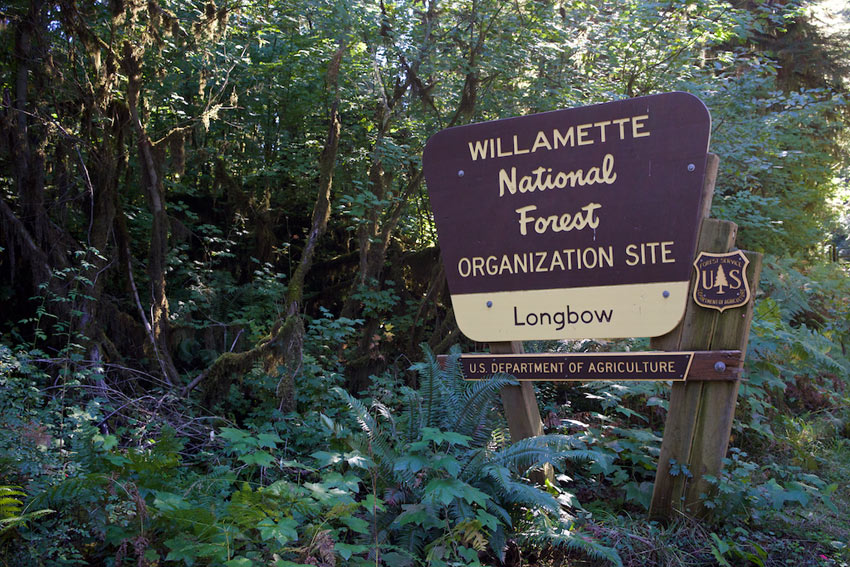
Overseen by the United States Forest Service, National Forests serve a number of functions including conservation, lumber, livestock grazing and recreation. They’re often a source of debate as they’re routinely fought over for resource extraction. Clear cutting is not uncommon to see with National Forests. Hiking, camping and off-roading are all possible. Typically, National Parks are flanked by National Forest land, which is worth seeking out for free camping.
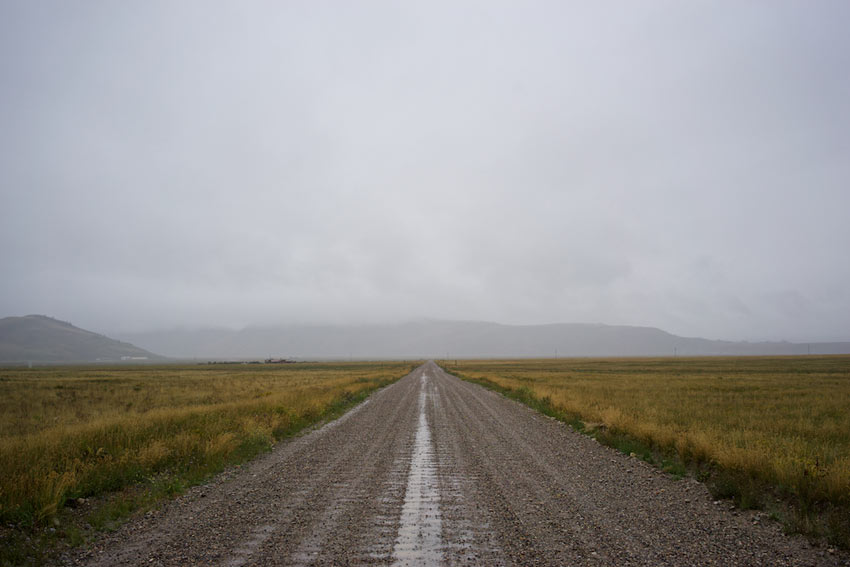
Camping
There are often developed campsites on National Forest land and they usually less than $20 a night. Dispersed camping is allowed for up to 14 nights for free, a huge bonus when they’re next to a National Park.
Are Dogs Allowed?
Yes.
Are Guns Allowed?
Yes, provided you comply with applicable local, state and federal laws.
Can You Shoot There?
Hunting is allowed in most National Forests, concurrent with the local laws. Target shooting is also allowed, provided you follow the rules. Depending on local ordinances and wildfire risk, shooting can be restricted though, so always double check at a Ranger station.
Insider Tips
Keep your eyes peeled for National Forest roads once you enter a National Forest. They’re usually dirt and noted numerically. They’re a great place to camp for free in seclusion. If you’re in an area for a few days, ask staff at the local outdoor outfitters for recommendations on the best sites to post up.
BLM (Bureau of Land Management) Land
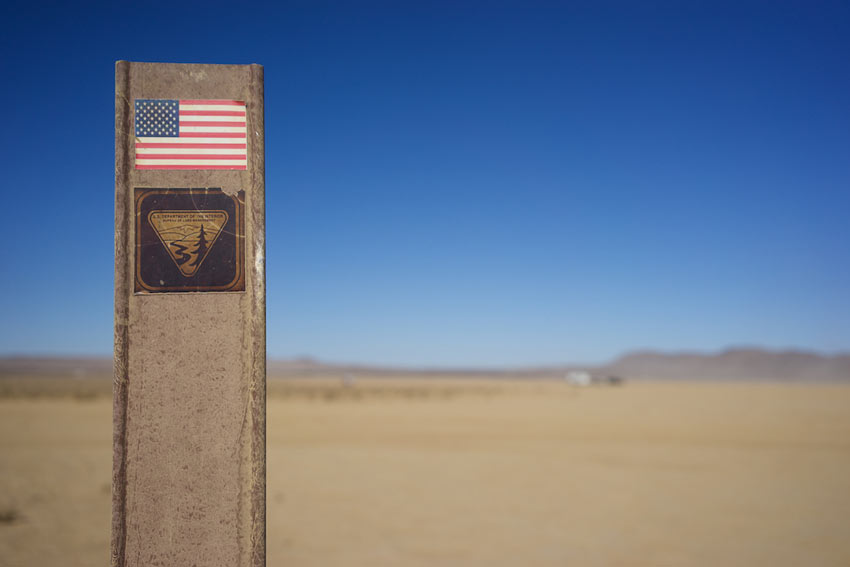
The Bureau of Land Management is somewhat of a catchall organization. They’re charged with managing and conserving all public land that don’t fall under other federal public lands agencies. Similar to National Forest land, BLM land can and is used for mineral, gas, oil and coal extraction, based on leasing land to private corporations. A practice that drives a massive amount of debate.
That aside, BLM land has some spectacular places to visit and the usage of the land by citizens is pretty free wheeling. ATV’s, drag racers, shooters, campers and RVers can all find themselves on the same piece of land in a given weekend. Sadly, this broad usage and limited oversight from Rangers sometimes leads to abuse and litter.
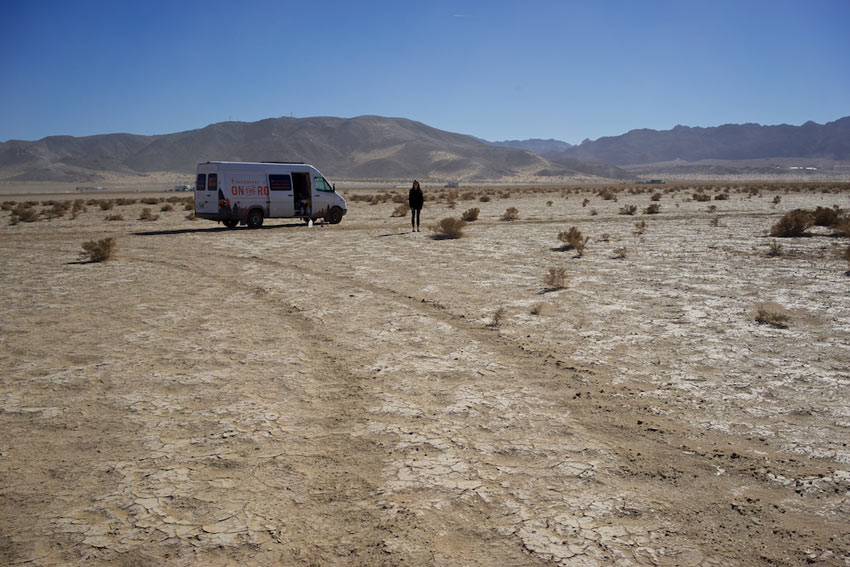
Camping
Some BLM lands have developed campsites that are often lesser known and lightly trafficked as a result. They’re definitely worth hunting out. In addition, all BLM land allows up to 14 days of dispersed camping, which is typically only loosely enforced.
Are Dogs Allowed?
Yes.
Are Guns Allowed?
Yes, provided you comply with applicable local, state and federal laws.
Can You Shoot There?
Yes, BLM land is a favorite of shooters country wide. Like National Forest land, provided you follow the rules and comply with local, state and federal ordinances. Give your local BLM Field Office a call to double check before you go.
Insider Tips
Given its freewheeling nature, BLM land can be loud at times. If you’re planning to camp there, bring ear plugs and a sleep mask to drown out any late night dirt bike races.
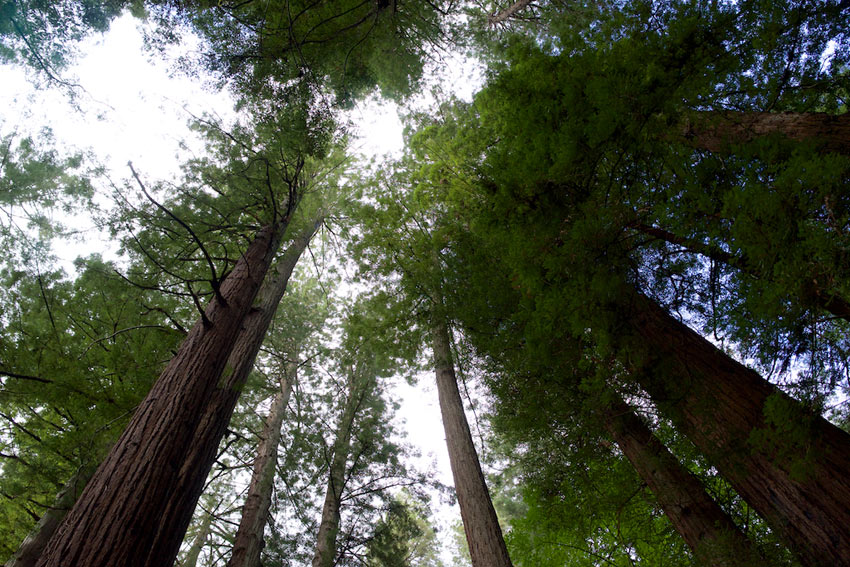
This is by no means a comprehensive list of all the public lands available in the US. These four types are merely a great place to get started in taking advantage of the opportunities available on public lands. We’re lucky to live in a country where open, undeveloped and publicly accessible land is plentiful. If you enjoy the public lands or believe in keeping them for future generations, look to get involved in your local Park, Forest or Monument. Public Lands are shockingly underfunded and are always looking for volunteers and advocates. Doing so is a small price to pay for such a fantastic outdoor resource.
▪ National Parks Foundation
▪ US Forest Service Volunteering
▪ BLM Volunteers
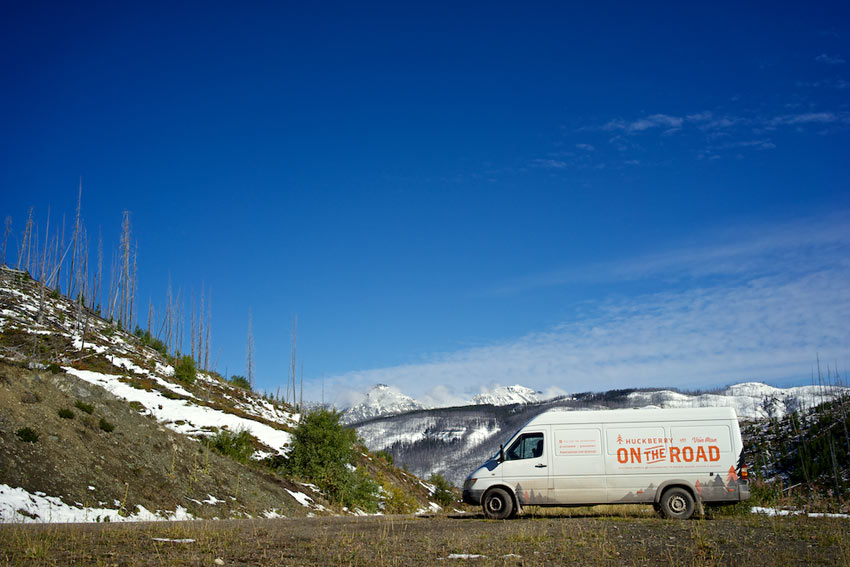
Photos © Jon Gaffney and Gale Straub
Editor-in-Chief’s Note: Jon currently lives a semi-nomadic life with his girlfriend traveling North America in a camper van of their own design. If he’s not hiking, climbing, waterskiing, or attempting to surf you’ll probably find him playing with a camera. You can follow along with his antics on Instagram.






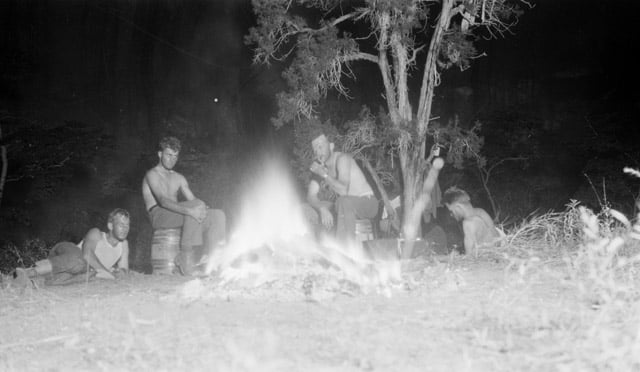
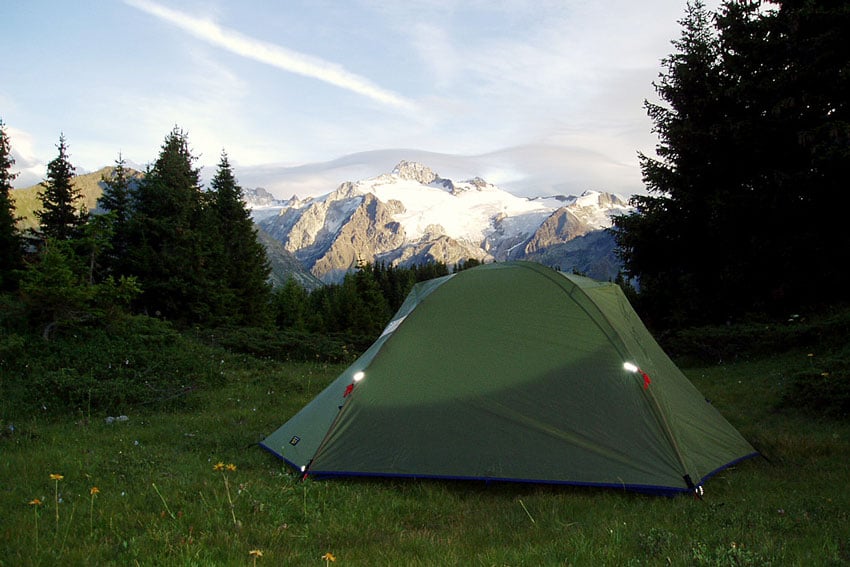
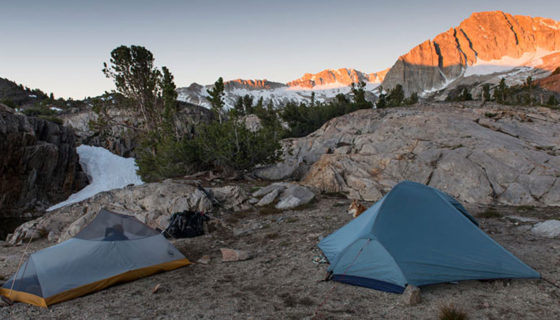
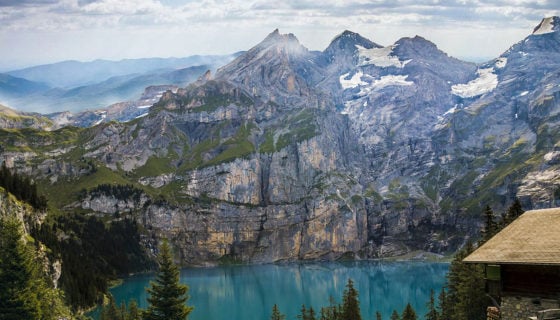

Discussion